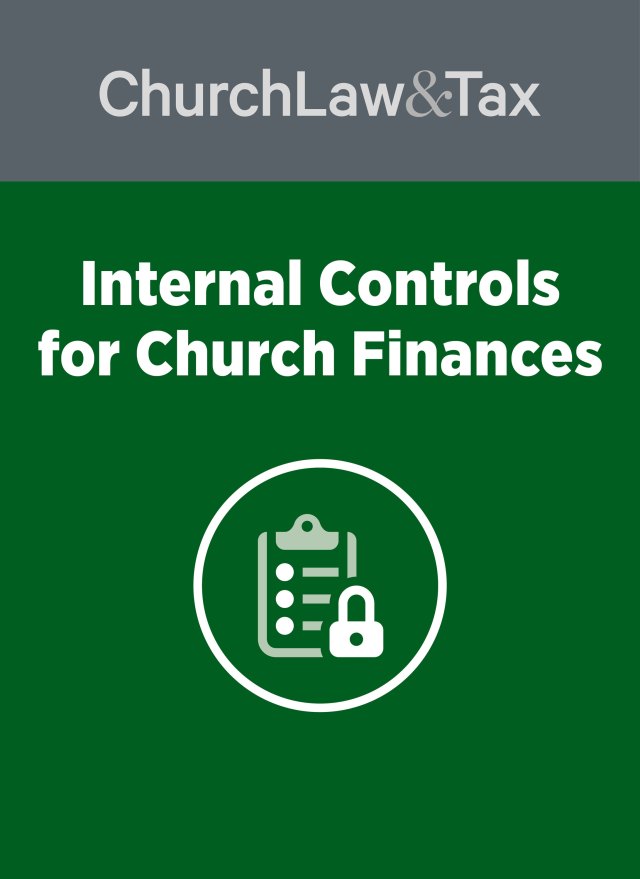Bethany Christian Church v. Preferred Risk Mutual Insurance Company, 942 F. Supp. 330 (S. D. Tex. 1996)
Background. A church purchased an insurance policy in 1994. This policy covered various situations including employee dishonesty, and was effective for 1994 with a coverage limit of $50,000 per occurrence. During this period of time an employee embezzled $51,000 in church funds. During the two previous years while the church was covered by a different insurance company, the same employee embezzled $1,500 and $30,000. During these three separate policy periods the employee embezzled $82,500 from the church through altered and unauthorized checks. A summary of the thefts and insurance coverage during the three policy periods follows:
DATE INSURER LOSS LIMIT
1992 Company A $1,500 $50,000
1993 Company A $30,000 $50,000
1994 Company B $51,000 $50,000
The Church discovered the theft in November of 1994, and immediately informed its insurance company ("Company B"). The church furnished Company B with proof of loss, and asked to be paid the $50,000 limit under its insurance policy.
Company B informed the church that it would pay only $18,500 for the losses. It claimed that the series of thefts by the same employee from 1992 through 1994 amounted to one "occurrence" under the insurance policy, and therefore the total liability of both insurance companies could be no more than $50,000 for all three years. It agreed to pay $18,500—the amount of embezzled funds remaining after Company A paid the losses for 1992 and 1993.
The church sued Company B, claiming that it was legally responsible to pay the full coverage ($50,000) under its policy. It claimed that a series of acts resulting in a loss constitutes "multiple occurrences," allowing the insured to recover separately under each policy in effect during the various losses. Since the church was insured for $50,000 in 1994, it could recover this full amount since $51,000 was embezzled in that year.
The court's ruling. The court noted that the resolution of this case depended on the definition of the term "occurrence". If all of the acts of embezzlement were a single occurrence under the insurance policies, then both companies would be responsible to pay a maximum combined amount of $50,000. On the other hand, if the acts of embezzlement represented three separate occurrences in each policy period, then the church was entitled to recover the full amount of the loss for 1992 and 1993, and the policy limits ($50,000) for 1994. The court noted that the insurance policies defined an occurrence as "all loss caused by or involving one or more 'employees,' whether the result of a single act or series of acts." The court concluded that a series of acts did constitute one occurrence for the purposes of determining the policy limits under an insurance policy for employee theft. It observed:
[T]his court rejects the church's contention that it is entitled to separate recoveries on each of the three policies that were in effect during the thefts …. [T]he church misinterprets the terms of the insurance contract, particularly the term occurrence. The thefts committed by the church's employee are a series of acts, which, as defined in [Company B's] policy, constitute one occurrence. Although separate insurance companies provided coverage to the church, in all of the coverage periods during which [the employee] converted funds from the church, the policies of both [companies] clearly described an occurrence as a series of acts resulting in loss. This court determines that the series of thefts … at issue herein are a single occurrence under the three identical policy definitions of occurrence in the insurance industry's standard Employee Dishonesty Coverage Form. The church may only recover from all its insurers, a combined total of $50,000, the policy limit in effect at the time the loss was discovered. Where a single occurrence triggers coverage by more than one policy, the highest policy limit in effect during the coverage period is the applicable policy limit.
The court also rejected the church's argument that the three insurance policies should be "stacked" or combined. It observed: "The church was covered by three non overlapping policies with identical $50,000 policy limits. The theft occurrence triggered coverage by all three policies. This court … determines that the policy limits of the three applicable policies cannot be stacked. The church's total recovery for [the employee's] thefts is therefore, limited to $50,000."
What this means for churches
Is your church insured against employee theft or dishonesty? Many churches are not. Such coverage is available at a modest cost. If your church does not carry this type of insurance, be sure to talk with your church insurance agent about availability and cost. As this case illustrates, embezzlement may occur over more than one year. If so, a court may conclude (as this one did) that the "series" of embezzlements constitutes a single "occurrence," entitling the church to recover only the highest policy limit in effect during the years the loss occurred. Ask your insurance agent or church attorney if this is true in your state.
Tip. Ask your insurance agent the following questions: (1) Does our church insurance policy cover employee thefts and dishonesty? (2) If so, what is the coverage amount? (3) Is the coverage amount adequate for our church? If not, how much would additional coverage cost? (4) If our church is not insured against employee theft or dishonesty, what would the cost be for different levels of coverage? (5) Would a series of acts of embezzlement, occurring over more than one year, be a single "occurrence" or separate occurrences under our employee dishonesty policy?


